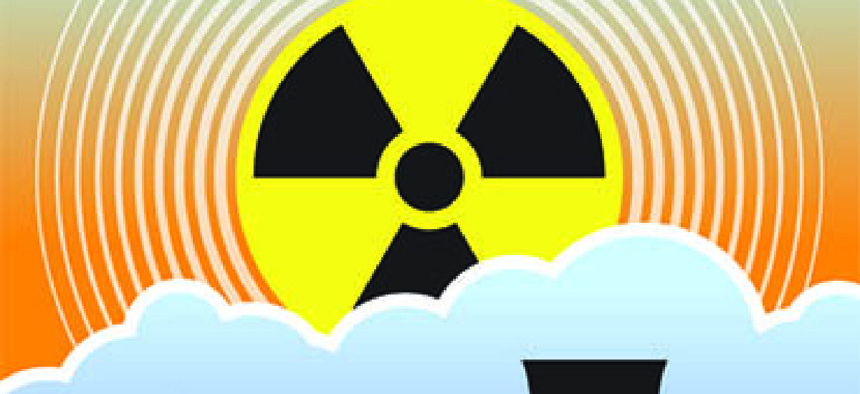NNSA tests cloud-based data-collection system

RadResponder project would give responders better access to key data in a nuclear emergency.

In an inaugural, nationwide drill of a mobile-capable, cloud-based radiation detection system, the National Nuclear Security Administration said it gathered data from hundreds of participants that yielded tens of thousands of environmental radiation measurements.
NNSA initially detailed the national wireless app/cloud-based collection system in January. The RadResponder initiative is part of a Federal Emergency Management Agency-funded effort aimed at providing state and local organizations with sharpened abilities to report and manage radiation monitoring data in emergencies.
During the July 31 drill, NNSA said state and local emergency responders across the country collected 21,835 radiation measurements, 200 field samples and 132 recorded observations. Measurements taken during the drill were collected using handheld meters, stationary monitoring systems, and soil and water samples, the agency said.
The drill involved more than 200 participants from 38 states, including NNSA’s Consequence Management Home Team and Radiological Assistance Program responders from six of the nine DOE regions. More than 21,000 environmental radiation measurements were collected and validated during the one-day drill.
"This nationwide drill will be done periodically (quarterly or semi-annually) to continue practicing information sharing and the handling of large amounts of data simultaneously," an NNSA official told FCW in an emailed statement on Aug. 8. "RadResponder will also be used extensively in the Southern Exposure 15 exercise next year in South Carolina."
RadResponder's architecture, according to NNSA, allows emergency responders access via wireless devices to its RadResponder Network that taps databases at NNSA and Environmental Protection Agency facilities, as well as local sources. The integration offers responders a better picture of radiation levels in a given incident. According to NNSA, the system can provide hourly averages, minute-by-minute or on-demand measurements of radiation levels.
The data is accessible through a flexible, free toolset, including wireless APIs and a "one-stop-shop" website that can be used on-site by local responders ahead of the arrival of federal officials. The website also can also provide a central source of photos of the incident, maps, messaging capabilities and other tools.
According to NNSA, the mobile, cloud-based radiation data collection system was built using experiences and lessons learned from the 2011 Fukushima Daiichi reactor disaster in Japan, which showed a need for a coordinated effort across all levels of government when responding to catastrophic nuclear incidents.
The system uses data management technology initially developed by NNSA and subsequently extended to state and local responders by FEMA. One of the goals of the drill, NNSA said, was to help fully and quickly engage state and local radiation specialists to get critical information more immediately for incident commander.





